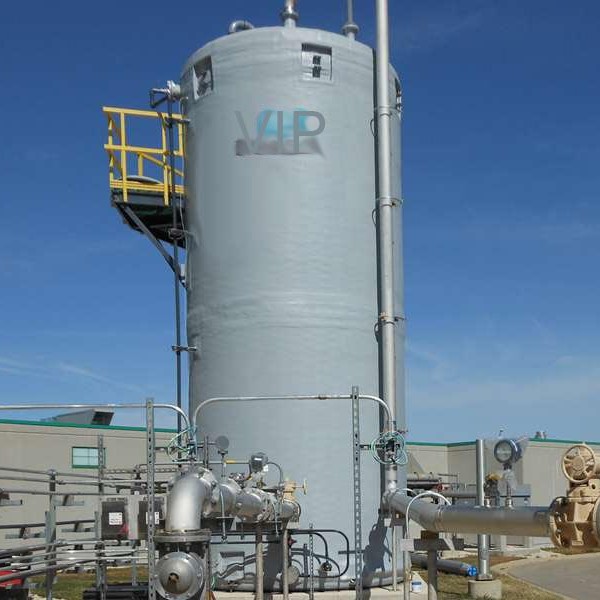
-
 Afrikaans
Afrikaans -
 Albanian
Albanian -
 Amharic
Amharic -
 Arabic
Arabic -
 Armenian
Armenian -
 Azerbaijani
Azerbaijani -
 Basque
Basque -
 Belarusian
Belarusian -
 Bengali
Bengali -
 Bosnian
Bosnian -
 Bulgarian
Bulgarian -
 Catalan
Catalan -
 Cebuano
Cebuano -
 China
China -
 China (Taiwan)
China (Taiwan) -
 Corsican
Corsican -
 Croatian
Croatian -
 Czech
Czech -
 Danish
Danish -
 Dutch
Dutch -
 English
English -
 Esperanto
Esperanto -
 Estonian
Estonian -
 Finnish
Finnish -
 French
French -
 Frisian
Frisian -
 Galician
Galician -
 Georgian
Georgian -
 German
German -
 Greek
Greek -
 Gujarati
Gujarati -
 Haitian Creole
Haitian Creole -
 hausa
hausa -
 hawaiian
hawaiian -
 Hebrew
Hebrew -
 Hindi
Hindi -
 Miao
Miao -
 Hungarian
Hungarian -
 Icelandic
Icelandic -
 igbo
igbo -
 Indonesian
Indonesian -
 irish
irish -
 Italian
Italian -
 Japanese
Japanese -
 Javanese
Javanese -
 Kannada
Kannada -
 kazakh
kazakh -
 Khmer
Khmer -
 Rwandese
Rwandese -
 Korean
Korean -
 Kurdish
Kurdish -
 Kyrgyz
Kyrgyz -
 Lao
Lao -
 Latin
Latin -
 Latvian
Latvian -
 Lithuanian
Lithuanian -
 Luxembourgish
Luxembourgish -
 Macedonian
Macedonian -
 Malgashi
Malgashi -
 Malay
Malay -
 Malayalam
Malayalam -
 Maltese
Maltese -
 Maori
Maori -
 Marathi
Marathi -
 Mongolian
Mongolian -
 Myanmar
Myanmar -
 Nepali
Nepali -
 Norwegian
Norwegian -
 Norwegian
Norwegian -
 Occitan
Occitan -
 Pashto
Pashto -
 Persian
Persian -
 Polish
Polish -
 Portuguese
Portuguese -
 Punjabi
Punjabi -
 Romanian
Romanian -
 Russian
Russian -
 Samoan
Samoan -
 Scottish Gaelic
Scottish Gaelic -
 Serbian
Serbian -
 Sesotho
Sesotho -
 Shona
Shona -
 Sindhi
Sindhi -
 Sinhala
Sinhala -
 Slovak
Slovak -
 Slovenian
Slovenian -
 Somali
Somali -
 Spanish
Spanish -
 Sundanese
Sundanese -
 Swahili
Swahili -
 Swedish
Swedish -
 Tagalog
Tagalog -
 Tajik
Tajik -
 Tamil
Tamil -
 Tatar
Tatar -
 Telugu
Telugu -
 Thai
Thai -
 Turkish
Turkish -
 Turkmen
Turkmen -
 Ukrainian
Ukrainian -
 Urdu
Urdu -
 Uighur
Uighur -
 Uzbek
Uzbek -
 Vietnamese
Vietnamese -
 Welsh
Welsh -
 Bantu
Bantu -
 Yiddish
Yiddish -
 Yoruba
Yoruba -
 Zulu
Zulu
chemical products for frp applications a comprehensive guide
A Comprehensive Guide to Chemical Products for FRP Applications
Fiber Reinforced Polymer (FRP) composites have revolutionized the construction and manufacturing industries due to their exceptional strength-to-weight ratio, corrosion resistance, and versatility. These materials are widely used across various sectors, including aerospace, automotive, marine, and civil engineering. The performance and durability of FRP materials largely depend on the chemical products utilized during their production and application. This article provides an overview of the essential chemical products for FRP applications.
1. Resins
Resins are the backbone of FRP composites, serving as the matrix that binds the fibers together. The most commonly used resins in FRP applications include
- Polyester Resins These are cost-effective and offer good mechanical properties, making them suitable for various applications. Unsaturated polyester resins are particularly prevalent in the manufacturing of fiberglass-reinforced plastics.
- Epoxy Resins Known for their superior adhesion, chemical resistance, and mechanical strength, epoxy resins are often used in applications requiring high performance, such as aerospace and automotive industries.
- Vinyl Ester Resins A hybrid between polyester and epoxy, vinyl ester resins combine good mechanical properties with excellent chemical resistance, making them ideal for corrosive environments, such as chemical storage tanks.
2. Hardeners and Catalysts
To initiate the curing process of resins, hardeners and catalysts are essential. For example, methyl ethyl ketone peroxide (MEKP) is commonly used with polyester resin, while amine hardeners are utilized with epoxy resins. The selection of the appropriate hardener can significantly affect the cure time, final properties, and durability of the FRP composite.
3. Fibers
chemical products for frp applications a comprehensive guide

The type of fiber used in FRP composites greatly influences strength and rigidity. Common fiber options include
- Glass Fibers Widely used for their affordability and good mechanical properties, glass fibers are often employed in construction and automotive applications
.- Carbon Fibers Known for their high strength-to-weight ratio, carbon fibers are ideal for high-performance applications, though they come with a higher cost.
- Aramid Fibers Offering excellent impact resistance and toughness, aramid fibers are often used in advanced applications, including military and aerospace.
4. Additives and Fillers
To enhance specific properties of FRP composites, a variety of additives and fillers can be used. Fillers may improve the mechanical properties, reduce costs, or enhance the aesthetic appearance. Common additives include UV stabilizers, flame retardants, and color pigments.
5. Surface Treatments
Surface treatments play a crucial role in the longevity and performance of FRP products. Treatments such as sandblasting, priming, and gel coats can improve surface adhesion and protect against environmental factors.
Conclusion
In conclusion, the choice of chemical products for FRP applications is vital for ensuring optimal performance, durability, and cost-effectiveness. Understanding the various types of resins, hardeners, fibers, additives, and surface treatments will empower manufacturers and engineers to make informed decisions for their specific applications. As the demand for FRP materials continues to grow, advancements in chemical formulations will further enhance the capabilities and applications of these innovative composites.









